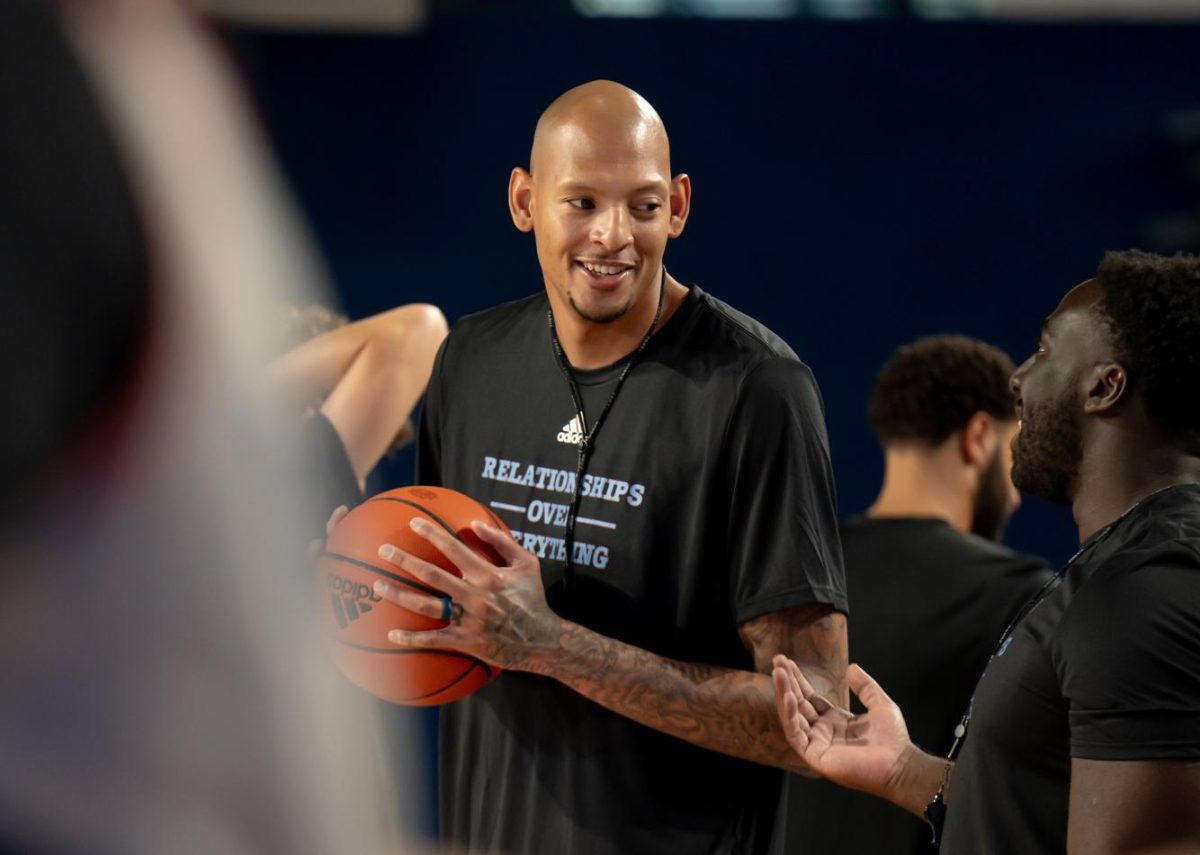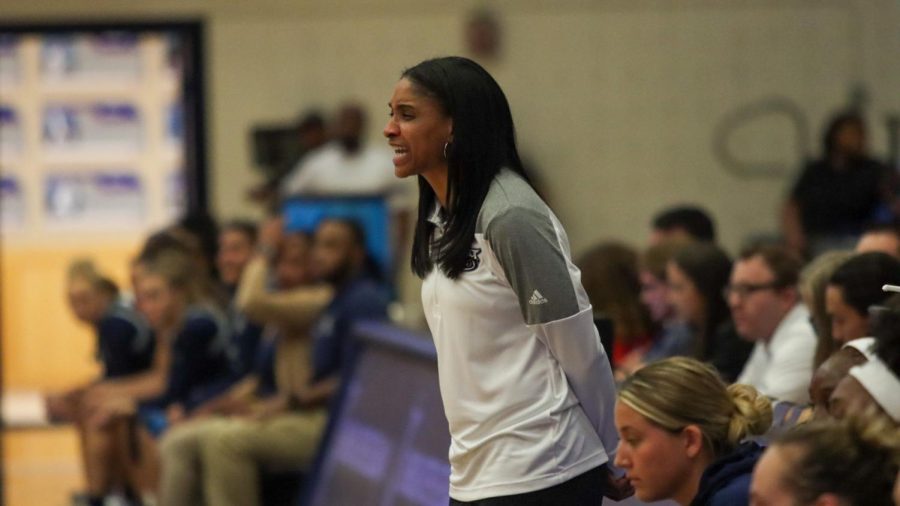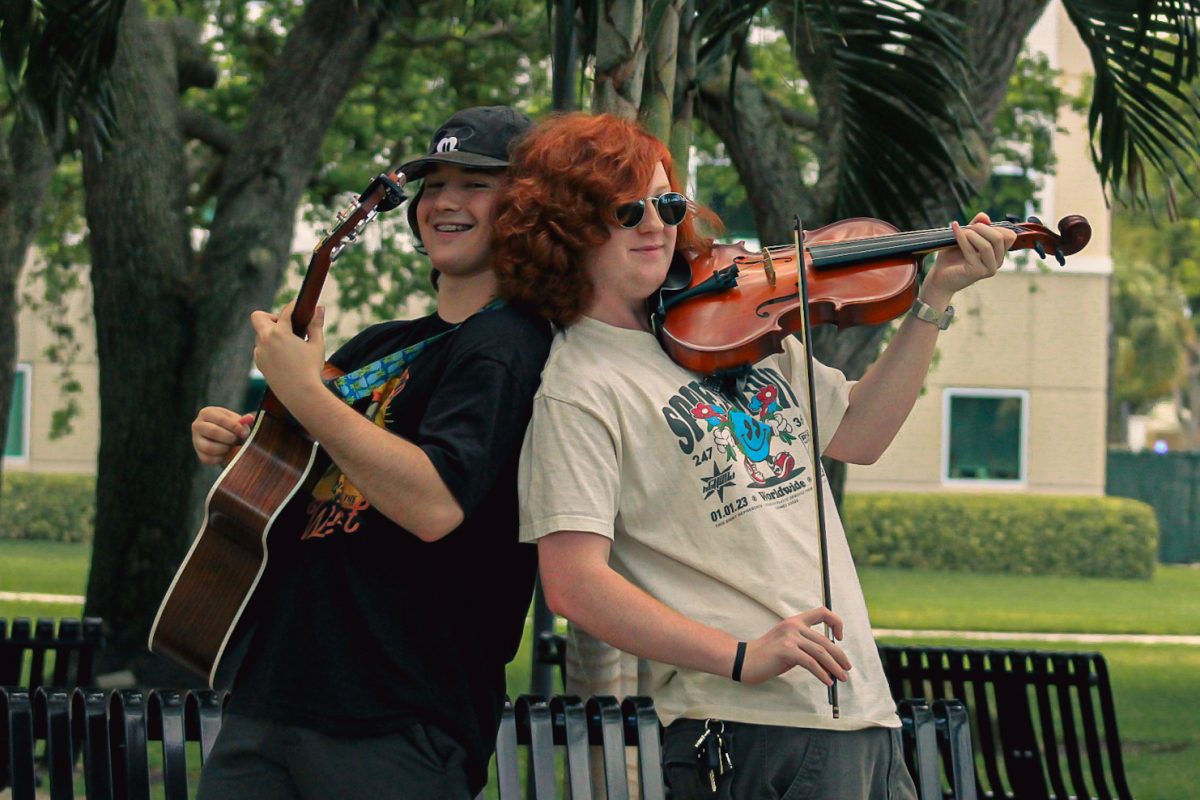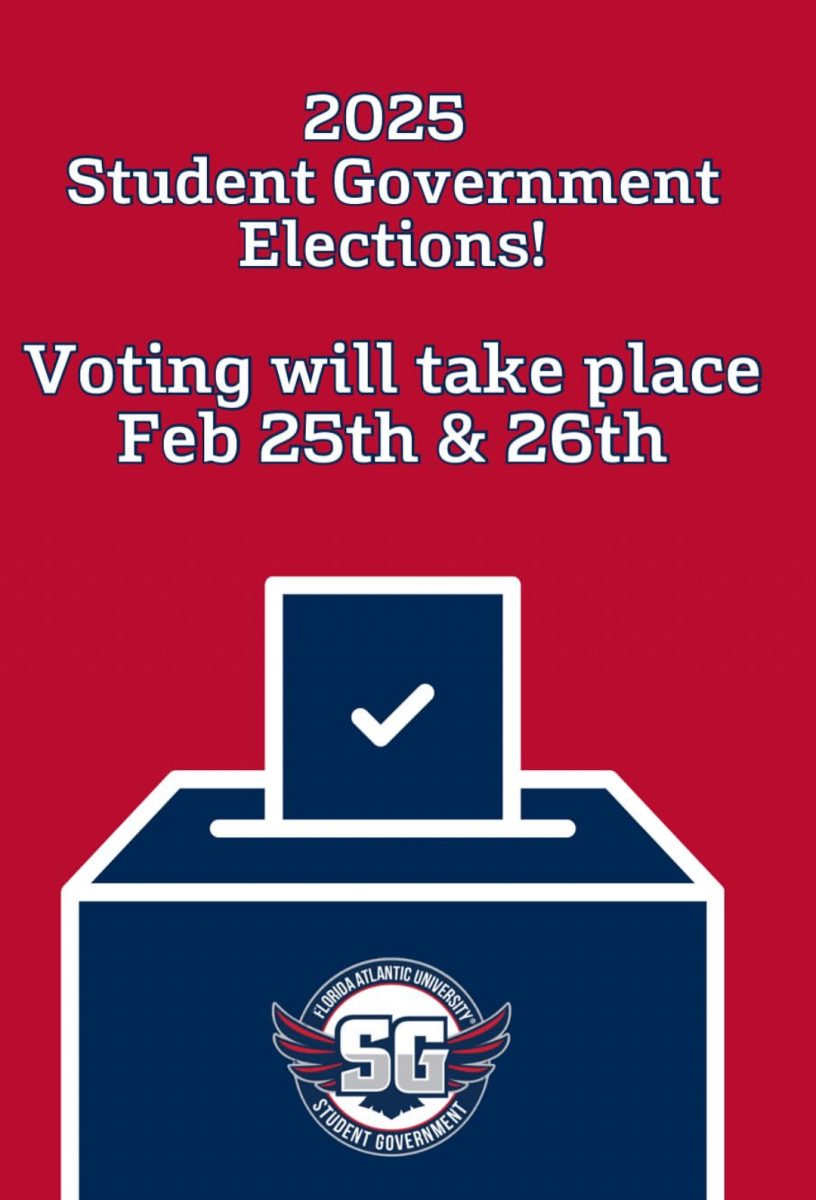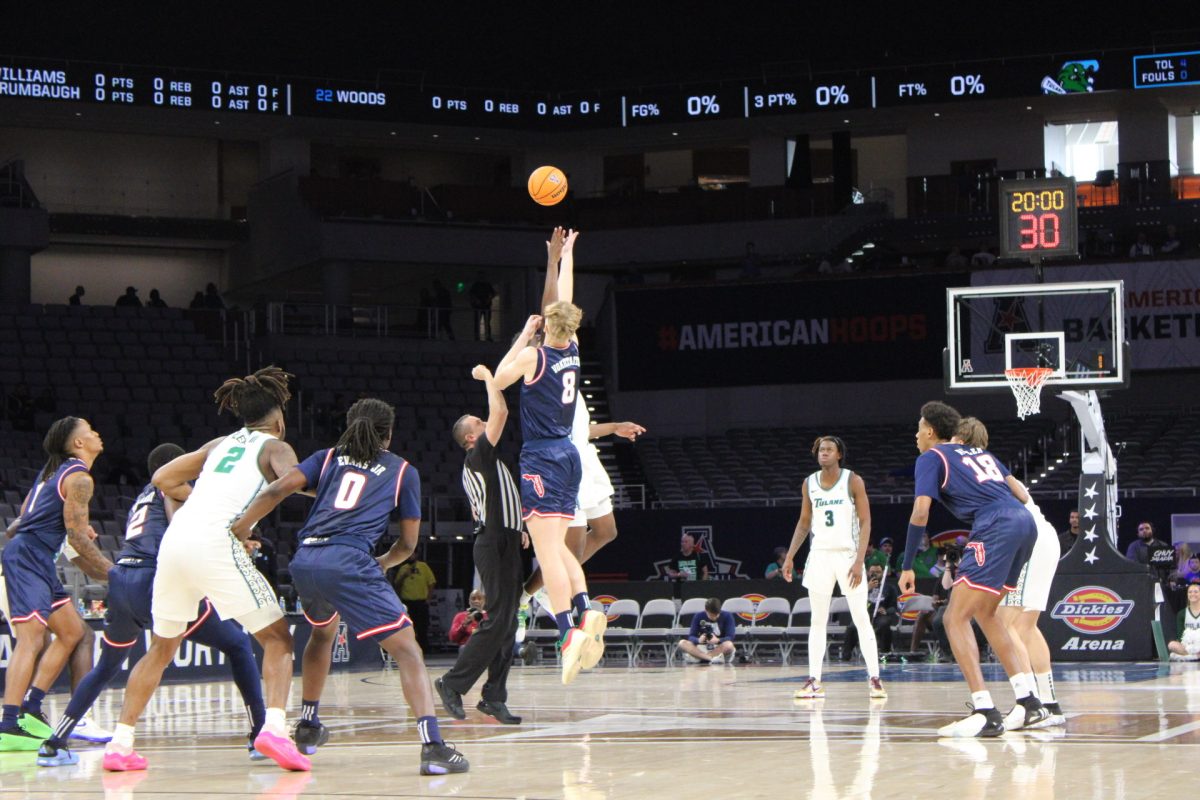It was just a few days away from the 2014 National Basketball Association (NBA) draft. Prospects were giving their all on the wooden basketball courts, performing in front of 30 NBA organizations.
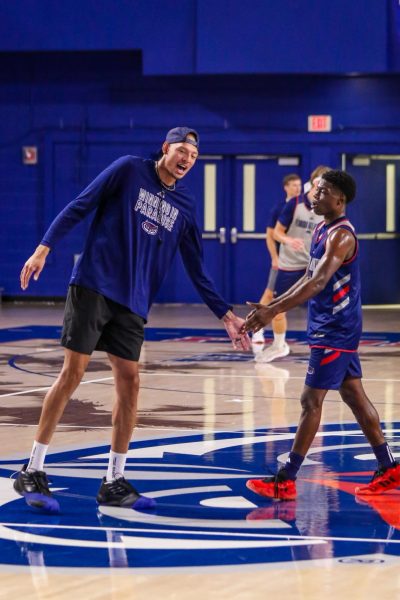
A young Isaiah Austin was prepared to hear his name called in the first round of the night. He was a few days away from one of the biggest changes in his life. Then, it took a sharp turn for the worst, snatching all of his future dreams of ever playing basketball again.
Austin was born and raised in Fresno, Calif. He eventually moved to Minnesota during middle school to make basketball a main focus of his life. After living in Minnesota for a year, he and his family decided that Texas would be their next stop.
The 7-foot-1 center’s journey to basketball prominence began at Grace Preparatory Academy in Arlington, Texas. Austin quickly made a name for himself as a standout phenom. Despite prevailing through a significant obstacle at a young age, he grew in physicality and notoriety.
Austin, a talented high school basketball player, was living with a challenging yet unassuming disability. A few years before becoming a highly recruited basketball player, Austin tore his right retina, causing him to go through several surgeries before losing complete sight in his right eye.
Despite having this disadvantage on the court, his strong resilience made him refuse to accept pity from others if they knew of his blindness. He demanded to be seen as equal on the court and refused to allow his impairment to define or limit him.
When his senior year of high school came, so did a dozen college recruiters looking to persuade Austin to come play for their university. After many offers, Austin chose to continue his legacy with the Baylor University Bears.
Austin went with the Bears because of his familiarity with their home state of Texas. Baylor head coach Scott Drew had a big impact on his decision as well.
“He was a huge recruiting battle to get, but also a blessing to coach Isaiah,” said Drew. “He was everything you’ll want in a high school recruit: really competitive, wants to win. He came wanting to compete, to get better and to grind; on the court, he’s all business. At the same time, off the court, he was really relatable, easy to talk to, and everybody enjoyed him.”
As a freshman, Austin was one of the highest-ranked and top-recruited players, with a promising collegiate and professional career. He dominated on the court and was an infectious person off the court. Some of the former Baylor community still remembers Austin’s impact on the university.
“When I decided to go to Baylor, I was a huge basketball fan before I even started covering him. But at the time, it was a huge exciting thing that Isaiah Austin decided to come to Baylor. He was a top five player in the nation,” said Shehan Jeyrajah, a former student reporter at Baylor University.
Austin wasn’t just a player who scored on the court; he was a beloved figure in the Baylor community.
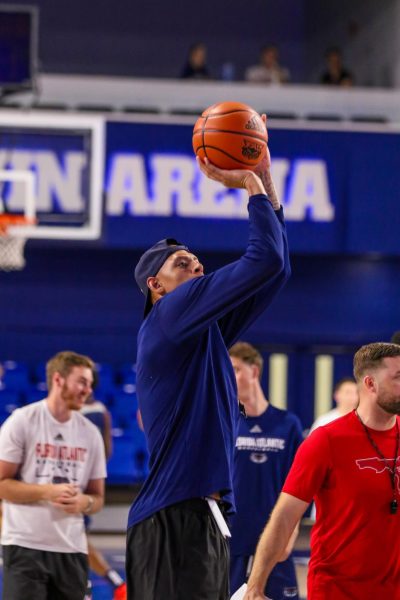
“He was just a big-time player for Baylor, just getting him was a huge moment for the program,” said Jeyrajah.
After only spending two years at Baylor creating a legacy, Austin decided to declare for the 2014 NBA Draft, forfeiting his two years of college eligibility. Austin wanted to take a shot at the big leagues. But he wasn’t prepared for the life-altering discovery that would come next.
Three days out from the draft, the Baylor center was warming up and performing drills in front of NBA staff members and coaches. During one of the drills, Austin was questioned about his outstandingly long ligaments. Coaches requested he get tested for any illnesses or Marfan syndrome.
Austin finished practice drills for the day and was completely unbothered about the testing. Something he didn’t think twice about came right back at him — his test for Marfan syndrome came back positive.
Marfan syndrome is a disease that heavily impacts an individual’s ligament length, eye health and can cause heart problems. The National Institute of Arthritis and Musculoskeletal and Skin Diseases (NIH) states that it’s caused by a mutation in the fibrillin-1 gene, which makes elastic fibers that are present in connective tissue. This leads to changes in how cells function and leads to adjustments in the strength of tissues found in one’s body.
Austin and his family were shattered by the untimely news just days out from him potentially reaching his lifelong dream of playing for the NBA.
Everything he worked toward would be snatched away from him in a small amount of time, with no time to process the actual condition he had. Although this was a surprising turn of events for him and his family, they knew his health held the utmost importance over risking his life for the sport he loved.
After five years of playing overseas basketball, cleared by a professional Marfan syndrome doctor, Austin ended his basketball career and served as a front-office player development staffer for the NBA. Even though he could no longer play on the courts, he still wanted to help others who could.
On April 19, the Florida Atlantic basketball team announced their 2024-2025 season coaching staff. New FAU head coach John Jakus was also a former Baylor basketball coach, and he knew when he arrived in Boca Raton that he wanted Austin to coach alongside him.
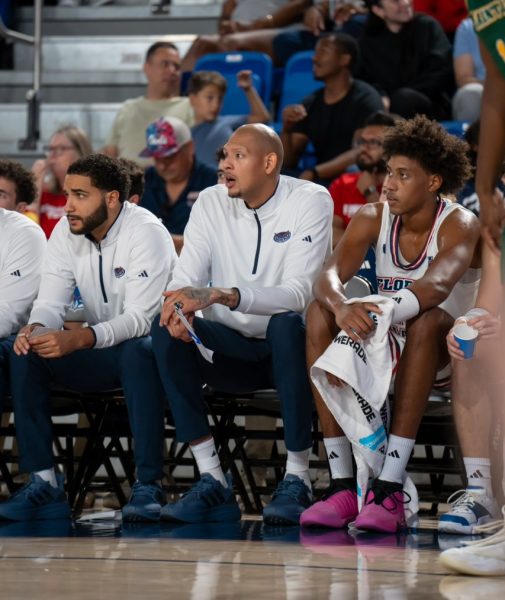
“Basketball kind of just takes you wherever the wind blows you. The same year I committed to Baylor, coach Jakus came to Baylor to be a GA, and while I was there, I kind of gravitated towards him because he was my type of guy – he never judged,” Austin said. “Because he was so genuine with me and he was the person who always believed in me, our bond ended up strong. When he took the job, I was still working for the NBA in Dallas, and when I got the call, it was like I couldn’t say no.”
He now joins the Florida Atlantic basketball team in his first coaching position, with another shot at sharing his love for the game.
Lys Hayes is a contributing writer for the University Press. For more information regarding this or other stories, email her at allyssiahayes2.00@gmail.com or DM her via Instagram @lyshayes.


